Last month energy minister Angus Taylor cited analysis by the Australian Energy Market Operator showing falls in wholesale electricity to nine-year lows as “an outstanding result [that] demonstrates how effective the Government’s actions have been”. For example, he said, “In New South Wales, prices fell to $38/MWh, down from $86/MWh in the corresponding quarter in 2020”.
Self-serving distortion is unremarkable among politicians and the true situation is far less rosy. For a start, added to the wholesale price are other elements, one of which, environmental charges, has shown a rapid increase in recent years as a result of the subsidies that have fed wind and solar into the system. In NSW the environmental costs to the consumer will be $19/MWh this year.
For this and other reasons, the focus on the wholesale price provides only a partial picture. Average prices for NSW (other states are similar), as identified by another electricity industry regulatory body, the Australian Energy Market Commission show prices rose 2016 and 2017, then plateaued.
The killer price surge in 2016 followed the exit of major coal generators in Victoria and South Australia. This was brought about as a result of market pressure from subsidised wind/solar competition and, for Victoria, the government tripling the royalty tax on coal. Wind and solar installations receive a subsidy whenever they run and over the course of the year this doubles their revenues. As a result, over the past 20 years, these variable supply sources have grown from nothing to over 20 per cent of supply, with their inherent variability meaning they sometimes supply just five per cent of the market and at other times supply over 50 per cent.
Other generators have to adapt to the availability of wind and solar. They, therefore, incur costs in having less coverage for their fixed costs and increased wear and tear.
For 20 years wind and solar have been predicted to surpass coal and gas as a cheap form of generating electricity. Some supposed authorities like CSIRO claim this is already the case. But this is an ever-receding mirage; even more unlikely is the development of cheap hydrogen as a power feedstock. Governments however cling to the fantasies that technology will bring the replacement of the fossil fuels they have demonised, just as those fuels themselves superseded whale oil and wood.
Aside from being cheaper, fossil fuels have superior operational characteristics to wind/solar which need far more support for “frequency control”, “system strength”, “inertia”, “blackstart” and operational reserve. Twenty years ago, these features were referred to as “ancillary services”, and were footnotes in the supply system, adding 1-2 per cent to the generation costs. The services are provided almost automatically in systems where fossil fuels or nuclear are the overwhelming generation source. Today, the provision of ancillary services is centre stage in a system which is being redesigned and micromanaged to serve renewable supplies
Though wedded to a renewables future, having seen the outcome of coal generator closures, governments are alarmed that further such closures will be forced before the introduction of new services to offset the intrinsic poor quality of wind/solar. An irony lost on most politicians is that the coal generators that now supply these services, face closures because of government preferential treatment to wind and solar.
Angus Taylor has said that the price increases following Victoria’s Hazelwood power station closure in 2016 came as a surprise and were not forecast by the experts he (and state Premiers) consulted. That statement is itself a commentary on the outcome of selecting, as advisors, utopians blinded by propaganda on the supposed merits of wind/solar energy. In any event, governments are seeking to prevent a repetition by forcing deferrals of future closure of the coal generators, closures that their policies are bringing about.
So, we have the peak regulatory body oversighting the electricity market, the Energy Security Board last week issuing its Options Paper for the post 2025 electricity market design.
The leading players in the energy bureaucracy are political appointees, who are, for the most part rusted-on adherents of a Brave New World involving a renewables future. The coal plants are referred to as “ageing” or legacy plants, and the Chair of the ESB, Kerry Schott has even called them dinosaurs. Ms Schott was appointed by Malcolm Turnbull and had previously negotiated the sale of the NSW government’s Vales Point power station, now valued at $700 million, for $1 million.
However, there are enough people within the multiple energy bureaucracies with hands-on awareness of the precariousness of the system that politics has built. Hence the ESB’s 2025 Options Paper recognises that, unless the cracks that have been created are addressed, a disaster is imminent. But this means ever-more subsidies, interventions, directions and creation of markets to supply the services that are supplied automatically in a fossil fuel or nuclear-based supply system.
One proposed new market mechanism, eagerly supported by Minister Taylor is a form of capacity payment designed to raise the payments to coal generators to discourage their early closure. Another is a Back to the Future government investment in new generation to offset the planned closure of the NSW Liddell coal generator where the private sector – short-sightedly in the government’s view – is failing to respond adequately to politicians’ financial support and exhortations. EnergyAustralia, with a 20 per cent subsidy from the NSW Government, is building a new green hydrogen compatible gas plant at Tallawarra but the Commonwealth may still use Snowy Hydro to build additional capacity.
Already the range of market intrusions to offset the subsidies and direct support by governments has returned electricity supply to the government control that existed prior to the competition and privatisation reforms of the 1990s. It was the replacement of those controls by a market system that allowed Australian electricity to become the cheapest in the world.
Taylor postures that, “We are winning the trifecta — affordable, reliable and sustainable electricity”. He boasts that his policies have brought record investment in wind and solar over the last two years, and that these are equal to four new coal electricity generators. Of course, if that were the case electricity supply would be no more of a political issue than the supply of bread or holiday accommodation.
But, Angus Taylor is imprisoned by subsidy seekers and agenda-driven politicians at home and abroad who misunderstand the economics of electricity. He likely sees no choice other than to continue existing policies and hope we can muddle through. Perhaps we will avoid a catastrophic failure of the electricity supply system but this will only be at the expense of far higher costs with damaging implications for households and the competitiveness of agricultural and manufacturing industries.
Alan Moran has published widely on electricity supply systems including the Australian chapters in five international compendiums on energy policies.
Got something to add? Join the discussion and comment below.
Get 10 issues for just $10
Subscribe to The Spectator Australia today for the next 10 magazine issues, plus full online access, for just $10.

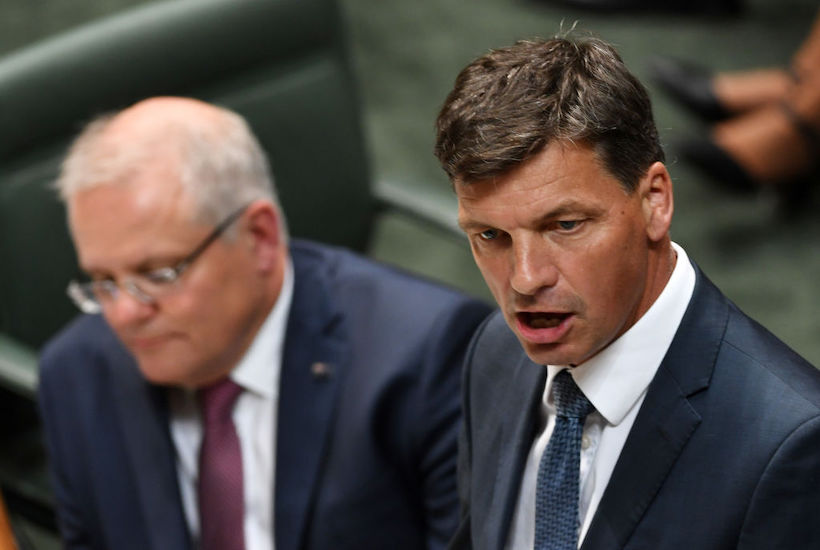
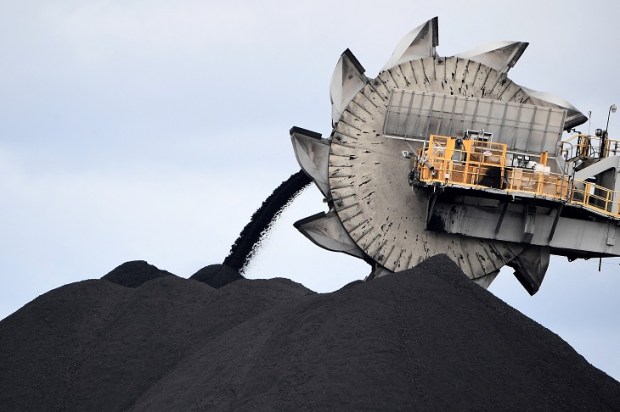
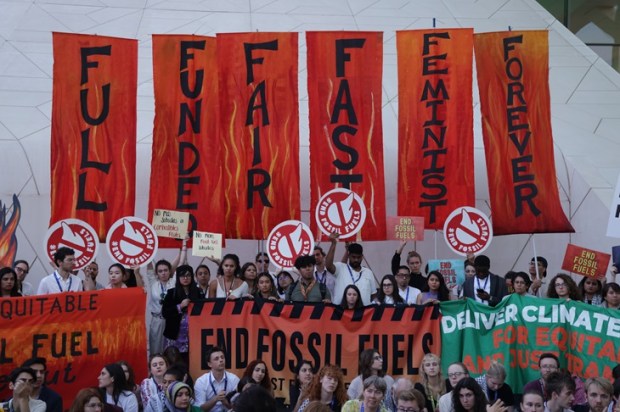
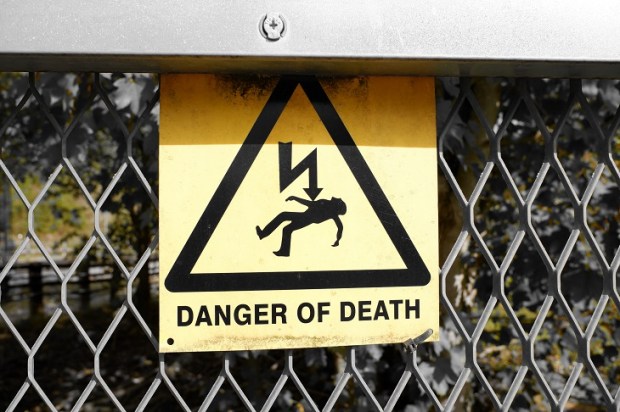
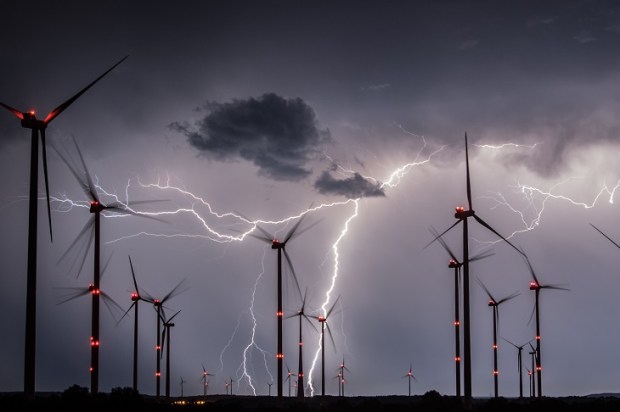

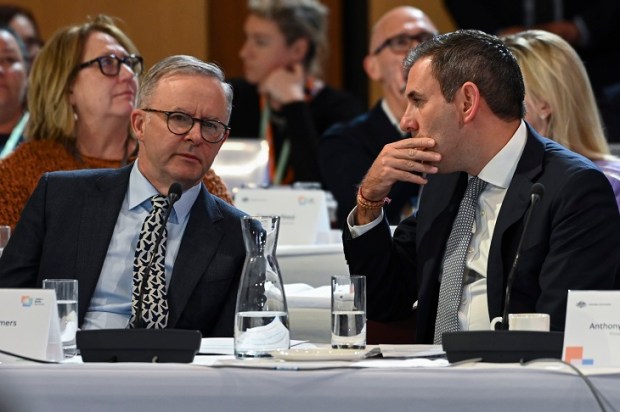


















Comments
Don't miss out
Join the conversation with other Spectator Australia readers. Subscribe to leave a comment.
SUBSCRIBEAlready a subscriber? Log in